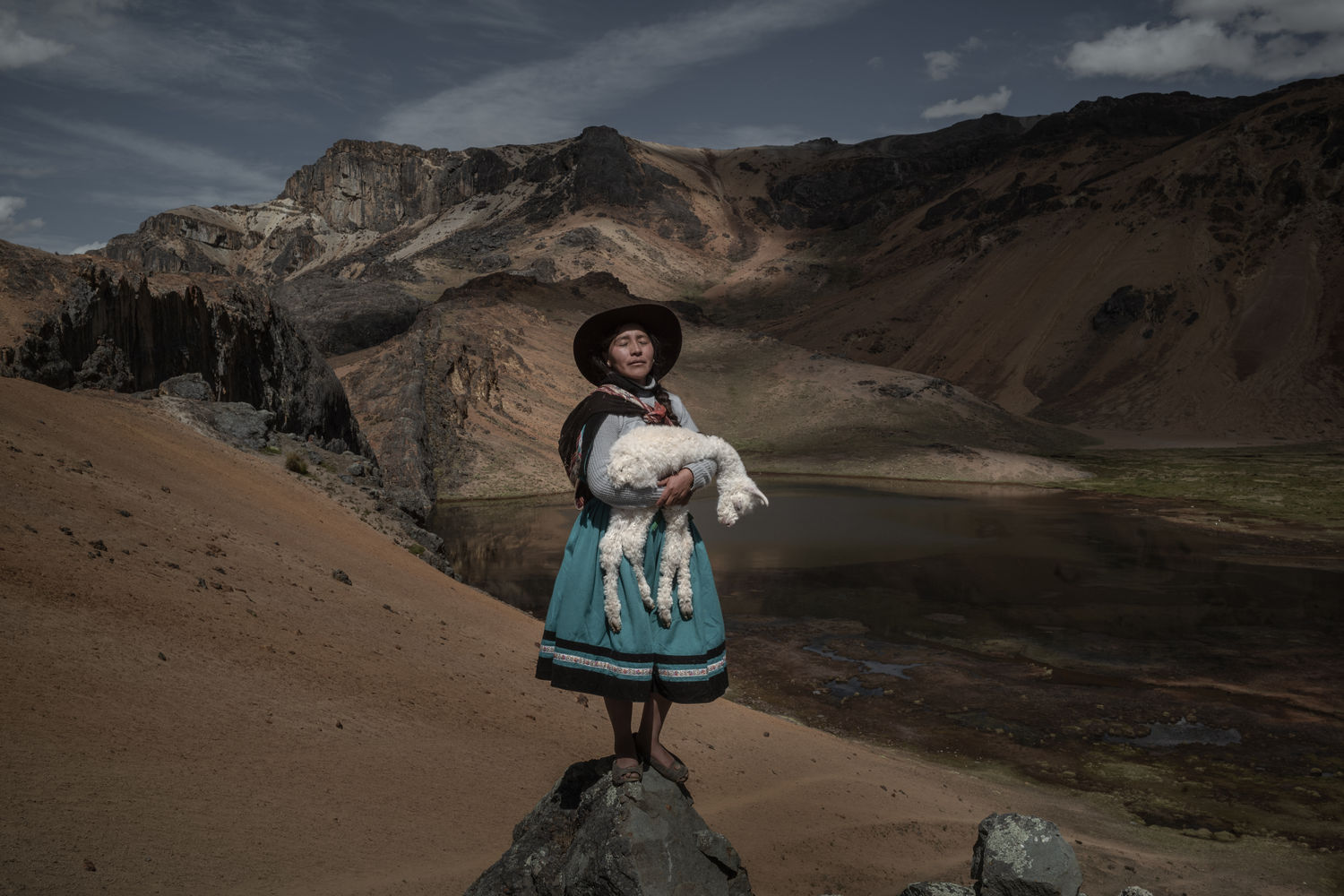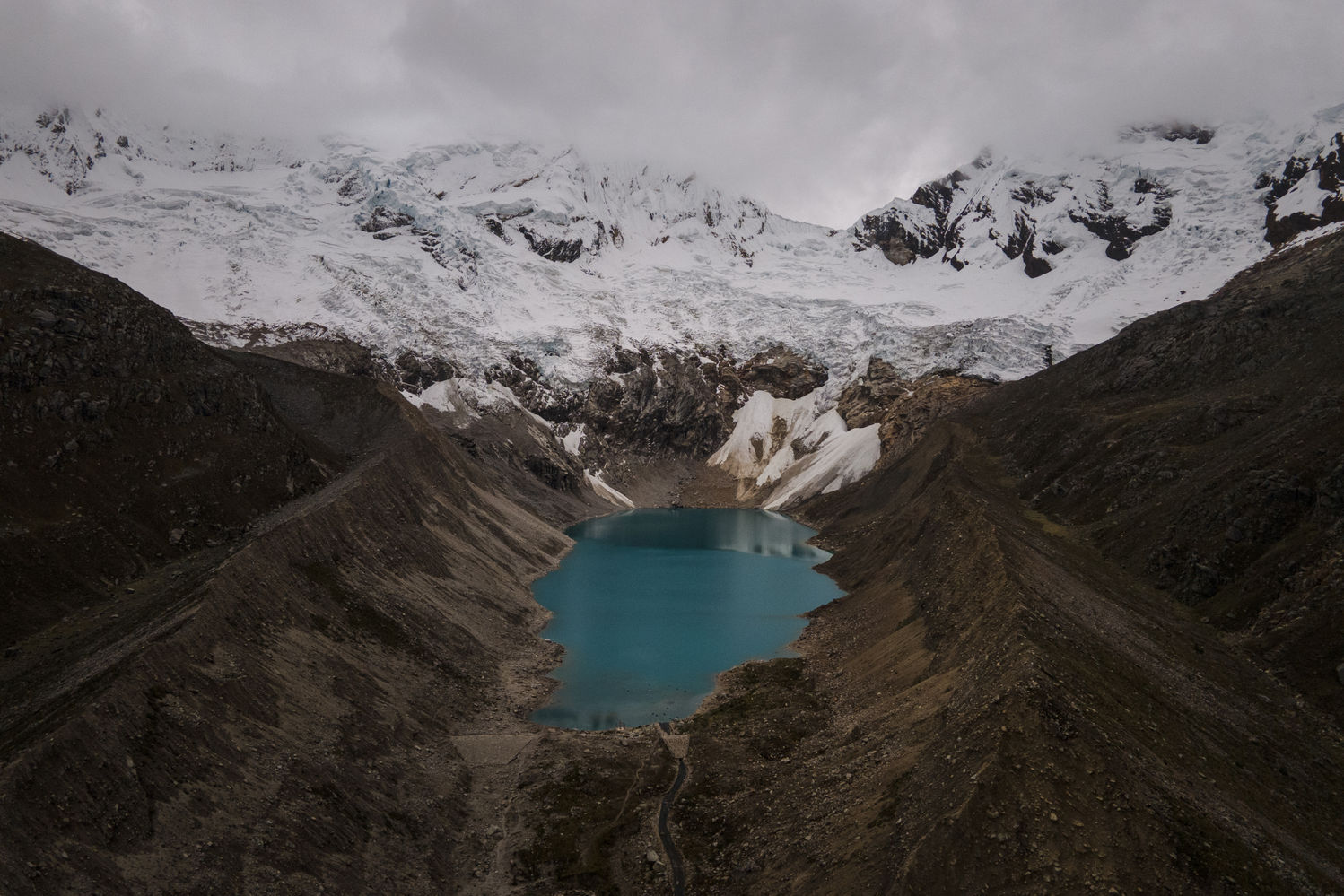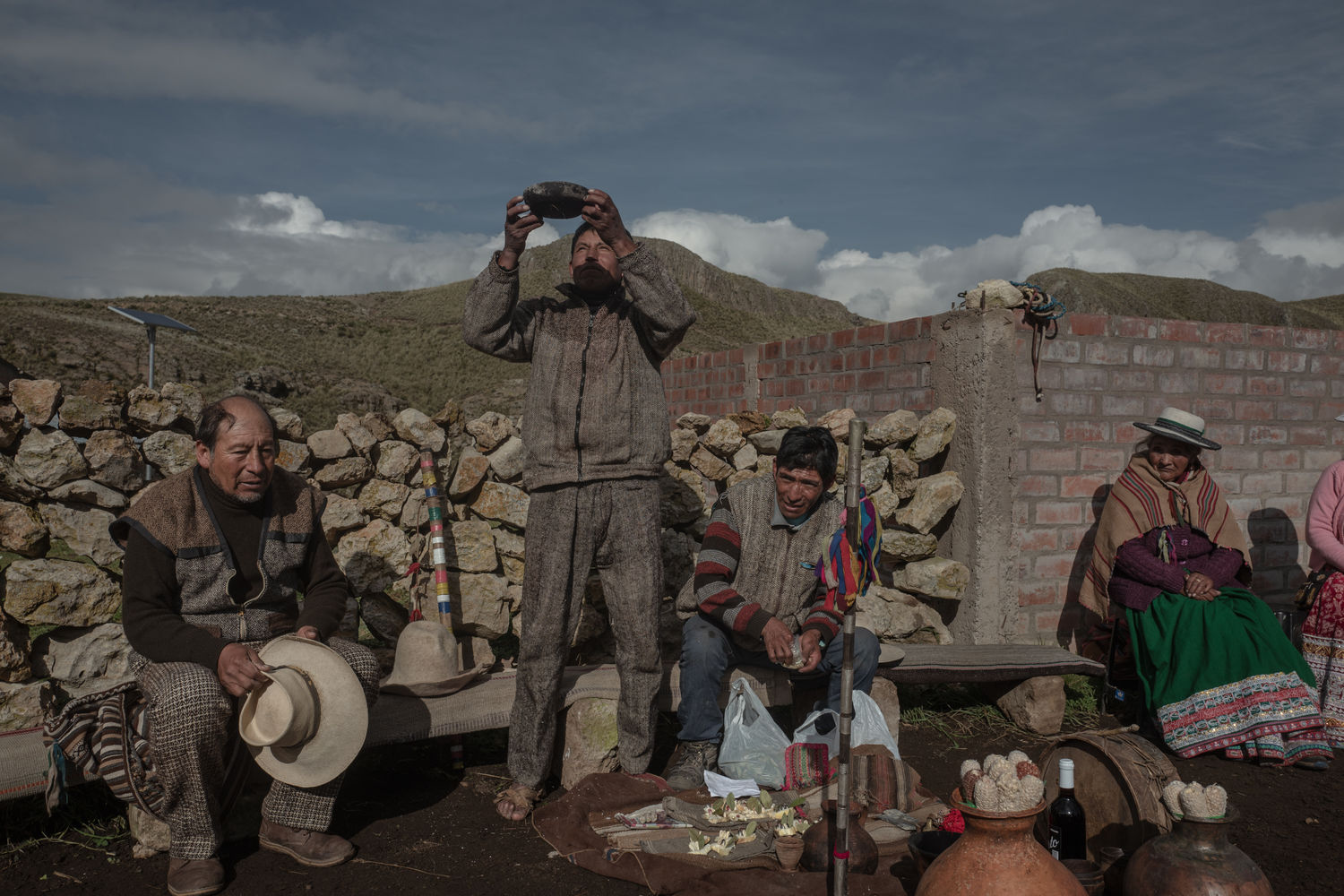Peru is home to the world’s largest number of alpacas. The country has approximately 4 million alpacas, which is roughly 88% of the global total. Alpacas are reared in high-altitude regions in Peru, generally above 3,000 mt. The animals play a critical role in communities along the high Andean plateau where crops cannot be grown and the only economic activity, besides mining, is alpaca herding. More than 1 million people, in a country of 33 million inhabitans, depend exclusively on alpacas for their livelihoods.
Climate change poses a growing risk to alpacas and the communities they sustain. The Andes are experiencing shorter, but more intense, rainy seasons, and longer periods of drought; frosts and hail storms have become more common; changing weather patterns are shrinking natural pastures and reducing the quality of grasses, forcing alpaca herds to compete for food.
This project aims to investigate how climate change in Peru affects Alpaca breeders by creating “climate migrants” who are forced to move to higher and higher altitudes or abandon their lifestyle and move to low-lying cities, changing their lives forever, threatening the loss of high Andean cultural identity. It also aims to show the scientific efforts that seek to contribute to combat the effects of climate change on alpacas and to breed more resilience in the genes of the animals.
Copyright photos: © Alessandro Cinque





